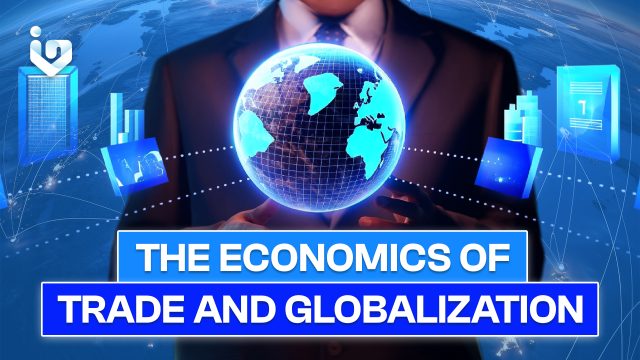Trade and globalization are pivotal forces shaping our interconnected world. They influence economies, cultures, and societies across borders. In this article, we’ll explore the dynamics of international trade, its historical context, and its impact on economic development.
The Growth of Trade
Remarkable Expansion
Over the last two centuries, international trade has experienced extraordinary growth. Consider this: today’s exports are over 40 times larger than they were in 19131. This exponential increase has outpaced economic growth, emphasizing the significance of trade in our global economy.
Trade Relative to GDP
To gain further perspective, let’s examine trade relative to total economic output. Up to 1870, worldwide exports accounted for less than 10% of global GDP. Today, the value of exported goods constitutes around 25% of the global economy1. This demonstrates how trade has become an integral part of our economic fabric.
Waves of Globalization
First Wave: 19th Century
The first “wave of globalization” began in the 19th century. Advances in transportation, communication, and industrialization facilitated the exchange of goods across borders. Nations became more interconnected economically.
Second Wave: Post-World War II
The second wave emerged after World War II. Multilateral institutions like the World Trade Organization (WTO) promoted free trade, leading to increased global economic integration. Supply chains spanned continents, and multinational corporations flourished.
Benefits
Resource Access: Trade allows countries to obtain resources they lack domestically. Whether it’s raw materials, technology, or expertise, trade bridges gaps.
Economic Growth: Open markets foster innovation, competition, and efficiency, driving economic prosperity.
Cultural Exchange: Trade encourages cultural exchange, enriching societies through shared ideas and practices.
Challenges
Inequality: While trade benefits many, it can exacerbate income inequality within and between nations.
Dependency: Overreliance on specific trading partners can pose risks during geopolitical tensions or supply disruptions.
Environmental Impact: Trade affects the environment through transportation emissions and resource extraction.
Conclusion
Understanding trade and globalization is essential for informed decision-making. As our world continues to evolve, these forces will shape our collective future.

